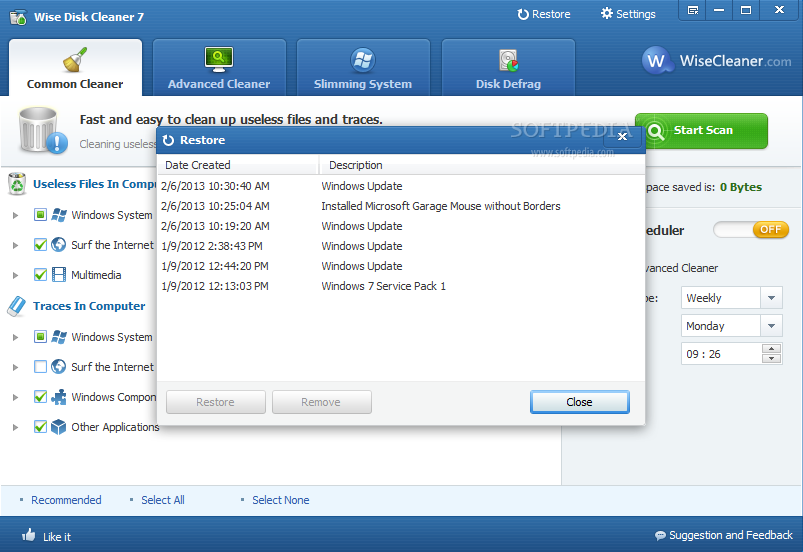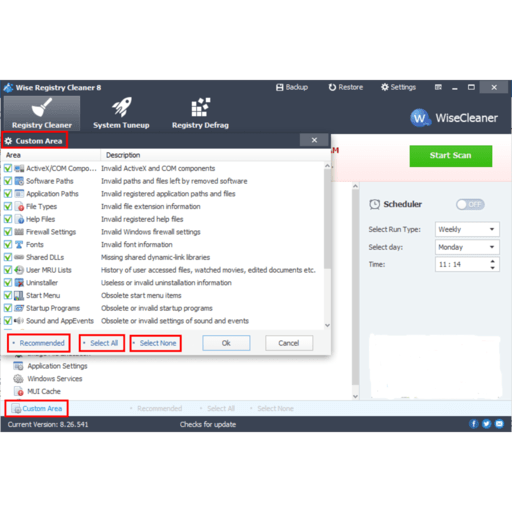

Most SSDs have small storage capacity, and average storage capacity is 256GB, 512GB, and 1TB.Here is a list of reasons why do you need to clean SSD in Windows 10: SSDs still have some limits that many Windows users tend to clean SSD regularly as a new storage device. SSD has become hot among computer manufacturers and computer geeks and is now widely used as the system installation drive. As a result, SSD is faster in reading and writing and gains better stability than HDD. SSD, known as a solid-state drive, is a storage device that uses integrated circuit assemblies to save data persistently and uses flash memory to improve the data I/O efficiency. Why Do You Need to Clean SSD Drive in Windows 10 Supported OS: Windows 11/10/8.1/8/7/XP/VistaĪre you looking for a complete guide to clean SSD drives in Windows computers? Then, follow this page, you'll get a 5 minutes guide to successfully clean up your SSDs, HDDs, and other types of storage devices with ease.

Applies to: Clean SATA SSD, M.2 SSD, NVMe SSD, or external SSDs in Windows.Restart the computer and press F1/F2 or F8, Del key to enter the BIOS settings window. Clean SSD with Reliable Disk Clean Software. Back up Windows product keys and essential content 2. Open Windows File Explorer, right-click System C, and select "Properties" Step 2. Delete Unnecessary Files with Disk Cleanup


 0 kommentar(er)
0 kommentar(er)
